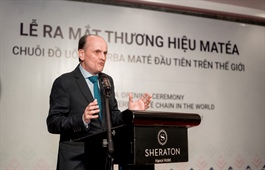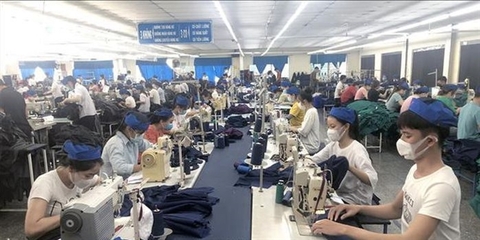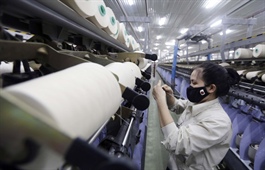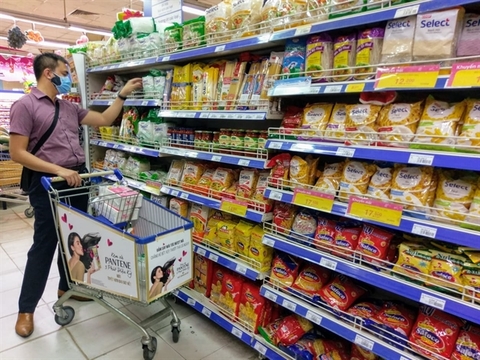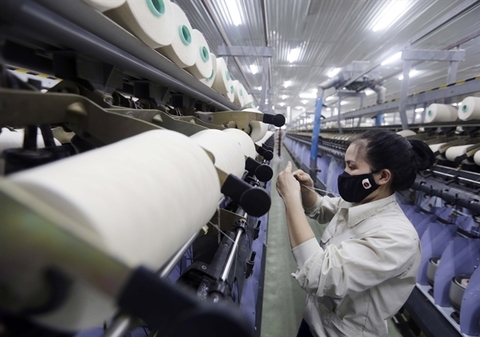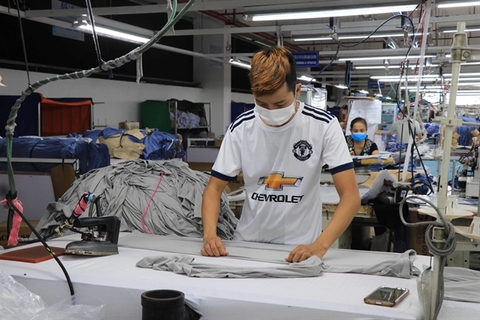Vietnam’s trade turnover projected to set new record
Vietnam’s trade turnover projected to set new record
Vietnam’s foreign trade turnover is projected to surpass the US$600 billion mark this year. Tran Thanh Hai, deputy director of the Agency of Foreign Trade under the Ministry of Industry and Trade, spoke about this achievement in an interview with Vietnam Economic News’ Phuong Lan.
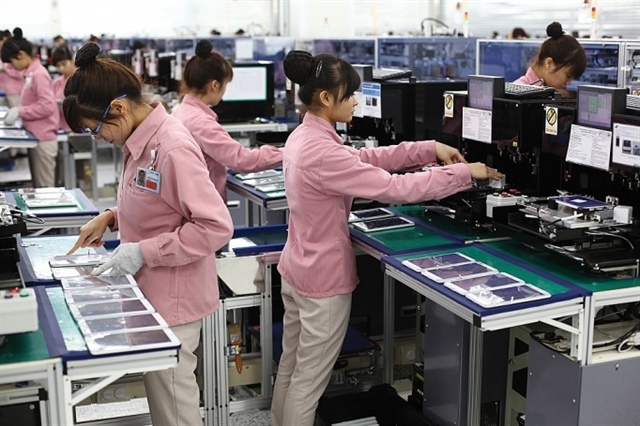
Electronics are expected to see high export growth |
Is the US$600 billion mark in Vietnam’s foreign trade turnover feasible this year?
Vietnam’s total export-import turnover is expected to reach about US$640-645 billion this year, with a slight trade surplus. It will be a great achievement in the context of the heavy impact of the Covid-19 pandemic that has hit the country’s key economic regions.
Despite the difficulties posed by the pandemic, businesses have made efforts to maintain trade and production activities. The garment and textile, leather and footwear sectors completed their targets sooner than expected, while mobile phones, electronics, machinery and equipment are expected to achieve export growth of 15-25 percent this year.
How have new-generation free trade agreements facilitated Vietnam’s export-import activities?
After three years of implementation of the Comprehensive and Progressive Agreement for Trans-Pacific Partnership (CPTPP) and over one year of implementation of the EU-Vietnam Free Trade Agreement (EVFTA), Vietnam’s exports have thrived. With the CPTPP, the country’s exports to Canada, Mexico and Peru have expanded by 25-30 percent per year.
Previously, Vietnam benefited from the Generalized Scheme of Preferences (GSP). With the EVFTA, goods can now enjoy more sustainable tariff incentives. The GSP is a unilateral mechanism that can be removed once the economy thrives further, while the EVFTA is a bilateral commitment and its incentives last longer.
The rate of utilizing incentives through the issuance of certificate of origin (C/O) has increased to around 20 percent. Moreover, many types of goods now enjoy low tariff rates so that businesses do not need to apply for C/O but still benefit from the EVFTA. For shipments valued below EUR6,000, firms are allowed to self-certify their origin on commercial documents, which is also a great advantage.
What are the major difficulties facing businesses?
Major difficulties facing businesses include labor shortage, especially in southern localities, as well as a lack of materials for production and high logistics costs.
Although the Vietnamese government has switched to safe and flexible adaptation and effective control of Covid-19, many localities have still applied restrictions to prevent and control the pandemic, causing worries for businesses. Localities need to comply with Governmental Resolution 128/NQ-CP and closely follow the government’s directions, contributing to preventing the spread of Covid-19, ensuring people’s lives and maintaining trade and production activities.



